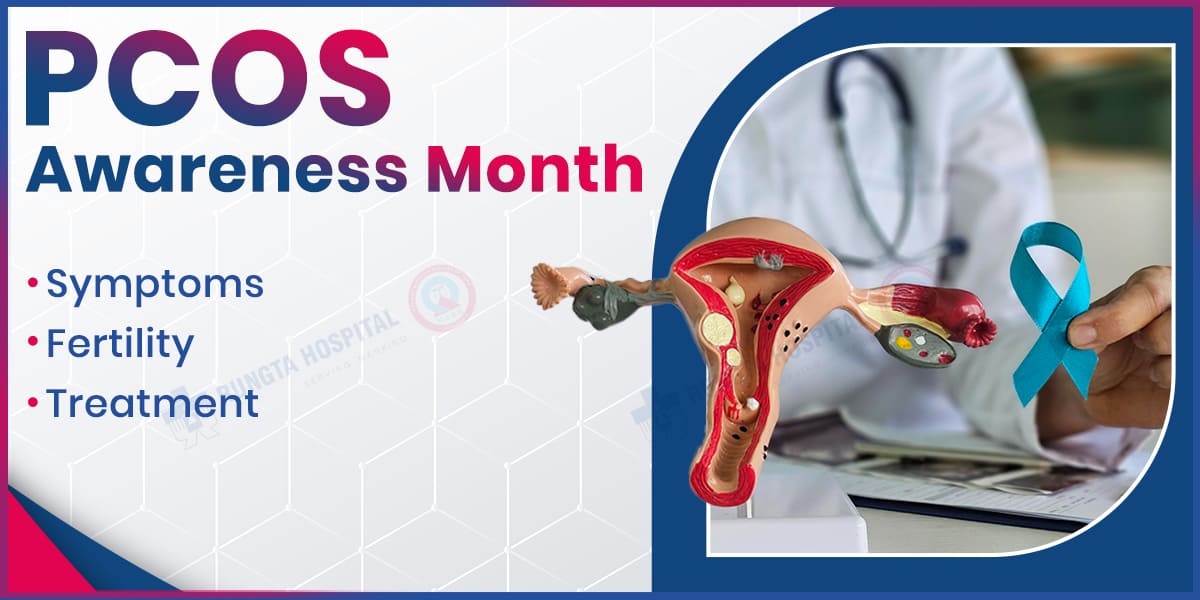
Osteotomy is a surgical procedure that involves the cutting and reshaping of bone to correct deformities, realign misaligned joints, or improve function. This technique is often used to address issues such as arthritis, fractures, or congenital abnormalities.
During the procedure, the surgeon makes precise incisions in the bone, then repositions the segments to achieve the desired alignment. Once the bone is realigned, it is stabilized using various fixation methods, such as plates, screws, or pins.
The goal of osteotomy is to restore proper joint function, relieve pain, and improve the overall quality of life for patients by addressing structural issues within the skeletal system.
Osteotomy is performed for several reasons, primarily to address and correct bone and joint issues that impair function or cause pain. Here are some common reasons why osteotomy might be indicated:
You can read also:- Your Complete Guide on Hernia: Causes, Treatments, and Recovery
The osteotomy procedure involves several key steps designed to correct bone alignment and address specific orthopedic issues. Here’s an overview of the process:
To prepare for an osteotomy, follow these steps:
Recovery after an osteotomy typically involves the following key aspects:
You can read also:- पीलिया के लक्षण, कारण, और उपचार
The risks of osteotomy include:
At Rungta Hospital in Jaipur, we are committed to providing comprehensive care and personalized treatment for patients undergoing osteotomy procedures.
Our team of experienced orthopedic surgeons, along with dedicated nursing and support staff, ensures that each patient receives the highest standard of care from preoperative planning through recovery.
We prioritize patient safety, effective pain management, and rehabilitation to facilitate a smooth recovery and optimal outcomes. If you have any questions or need further information about osteotomy or any other orthopedic procedures, please do not hesitate to contact us.